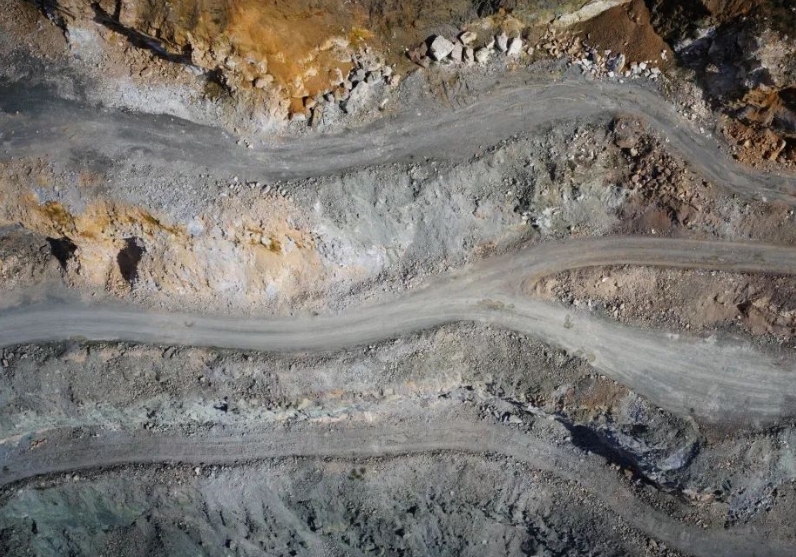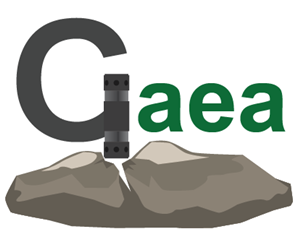rock blasting is an important technical means of mining
Mine Blasting Technology in Underground Mining
1. Introduction
Mine blasting is a crucial technique in the mining industry, using the explosive power of explosives to break rocks and ores for extraction. The evolution of blasting technology has closely mirrored the advancements in mining practices, with the scale of mining operations growing and methods becoming more diversified. As a result, mine blasting technology continues to evolve, optimizing efficiency and safety.
2. Core Principles of Mine Blasting
At the heart of mine blasting is the principle of utilizing explosive energy to fracture rocks and ores. The explosion occurs through a chemical reaction within the explosives, where the oxidant and reductant combine, releasing substantial amounts of heat and gas. These gases create an explosion wave that exerts pressure on surrounding rocks, breaking them into manageable pieces. This process plays a central role in breaking rocks for both underground and surface mining, facilitating easier ore transportation and extraction.

3. Types of Mine Blasting
Mine blasting can be categorized based on its purpose, primarily into mining blasting and support blasting.
Mining Blasting: The main aim is to break rocks and ores, making them easier to transport and process. It is divided into two major categories:
Open-pit Mining Blasting: Used for extracting ores from open-pit mines, methods include deep-hole, shallow-hole, step blasting, and throwing blasting. The goal is to break rocks, form mining surfaces, and create pathways for ore transportation.
Underground Mining Blasting: Employed in underground mines, blasting is used to break rocks and ores, creating goafs and facilitating ore transport underground. Common methods include deep-hole, shallow-hole, step blasting, and filling blasting, with blasting parameters adjusted for different depths and challenges in underground environments.
Support Blasting: Used to reinforce tunnels and mining faces, ensuring the safety of mining operations. Techniques such as anchor blasting and pillar blasting are used to prevent tunnel collapses and support mining infrastructure.

4. Blasting Parameters and Their Role
The effectiveness of a blast is heavily influenced by various parameters:
Explosives: The type, specification, and charge of explosives determine the explosion's power. Different explosives release varying amounts of energy, influencing the blast's efficiency in breaking rocks.
Blasthole Design: The depth, diameter, and arrangement of blastholes are crucial in determining the concentration of explosive energy and optimizing rock breakage. Proper alignment enhances the blast’s effectiveness.
Detonation Methods: The speed and timing of detonation affect the blast's efficiency. Proper sequencing of detonations can improve the overall effectiveness of rock fragmentation.
Blast Sequence: The order in which blasts occur impacts the distribution of energy and the resulting breakage pattern.
5. Safety Considerations in Mine Blasting
Blasting operations are inherently dangerous, and strict safety protocols are essential to protect workers and infrastructure. These protocols include pre-blast inspections, professional training for blasting personnel, adherence to safety standards for equipment, and strict safety procedures during the blasting process. During the blasting process, monitoring the behavior of explosive charges and shockwaves is critical to prevent accidents.
6. Development Trends in Mine Blasting
As mining technology progresses, so too does blasting technology. Key trends include:
Environmentally Friendly and Safe Blasting: There is an increasing emphasis on reducing the environmental impact of blasting and improving safety, which includes safer explosives and more controlled detonation techniques.
Efficiency and Cost-Effectiveness: Advancements in blasting methods aim to make the process more economical and effective, minimizing waste and maximizing ore recovery.
Automation and Intelligence: The integration of AI and automation into mine blasting is set to enhance precision, reducing human error and improving blast control, ensuring better outcomes in both underground and surface mining.
7. Conclusion
Mine blasting remains a critical aspect of mining operations, directly influencing the safety, efficiency, and economic viability of mining projects. With ongoing advancements in blasting technology, the future of mine blasting promises more efficient, safe, and intelligent methods, ensuring better outcomes for both the industry and the environment. Through continued innovation, blasting technology will play an increasingly vital role in underground mining, allowing for more effective rock breaking and safer mining operations overall.




